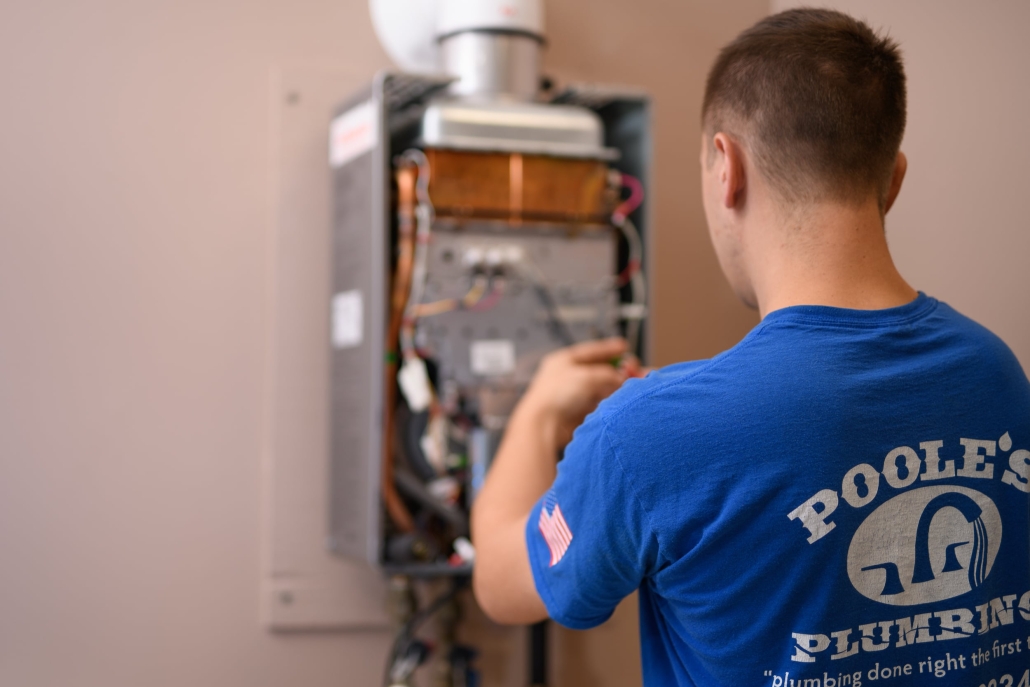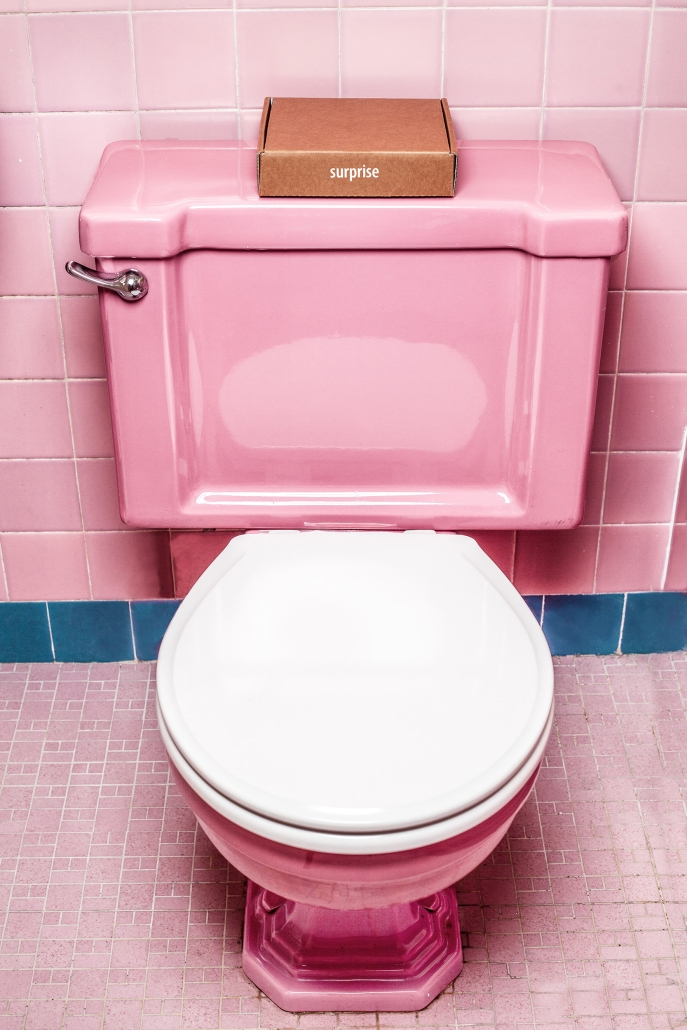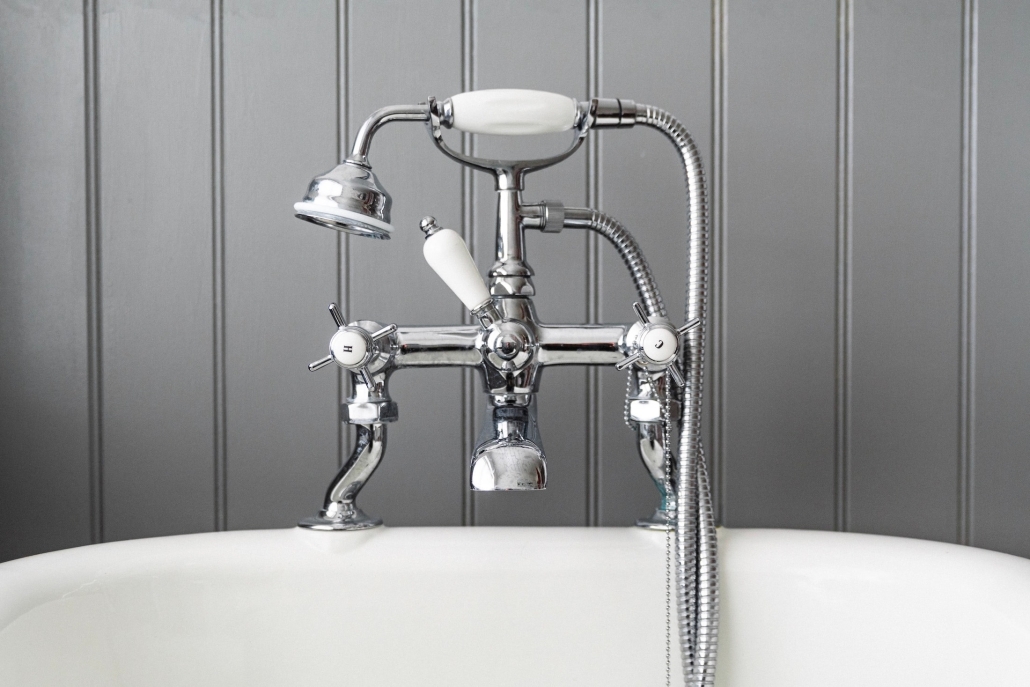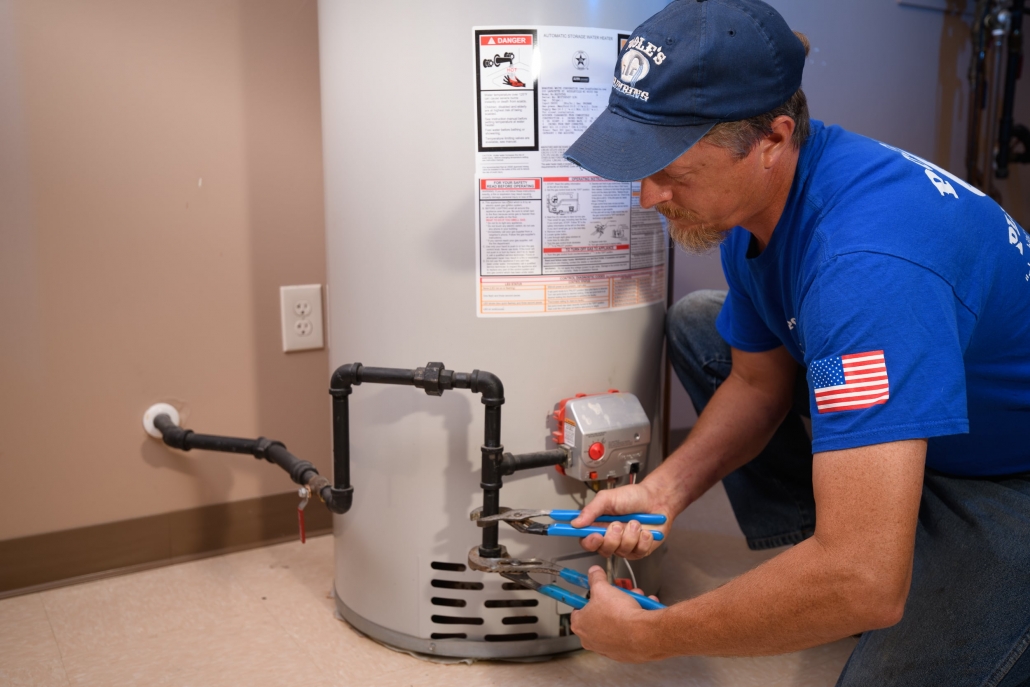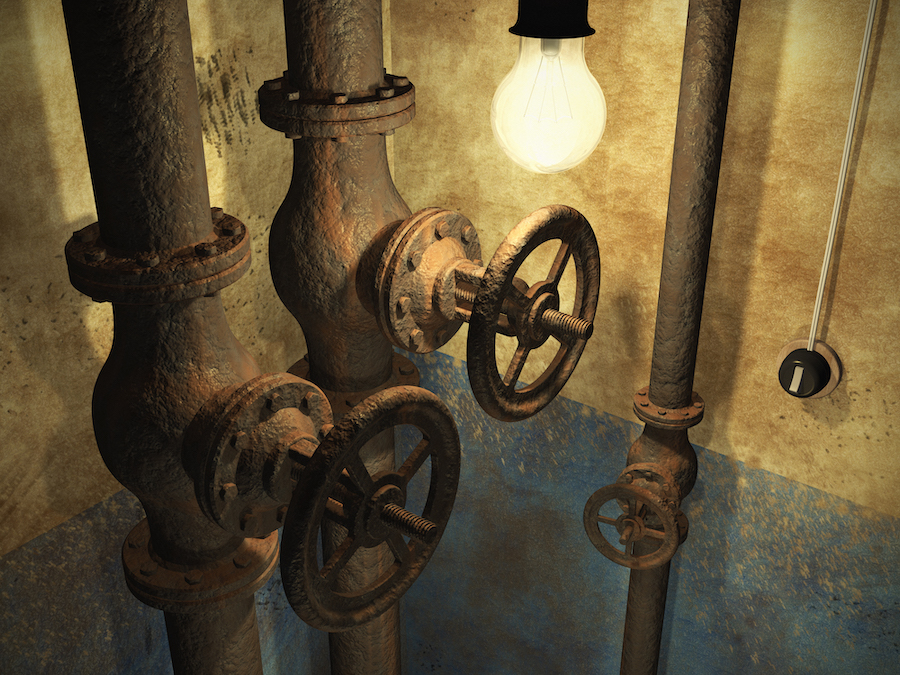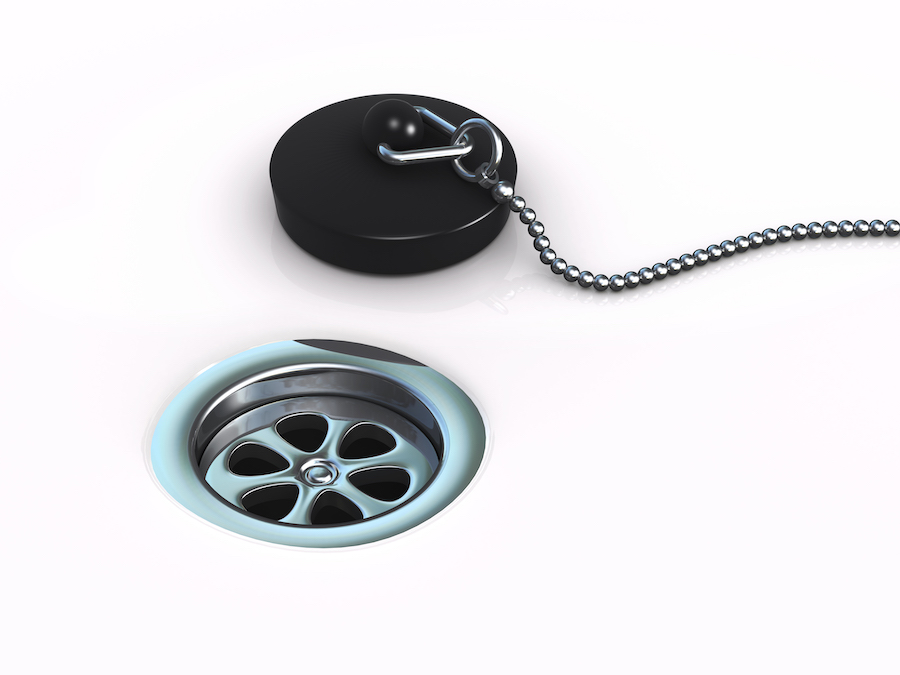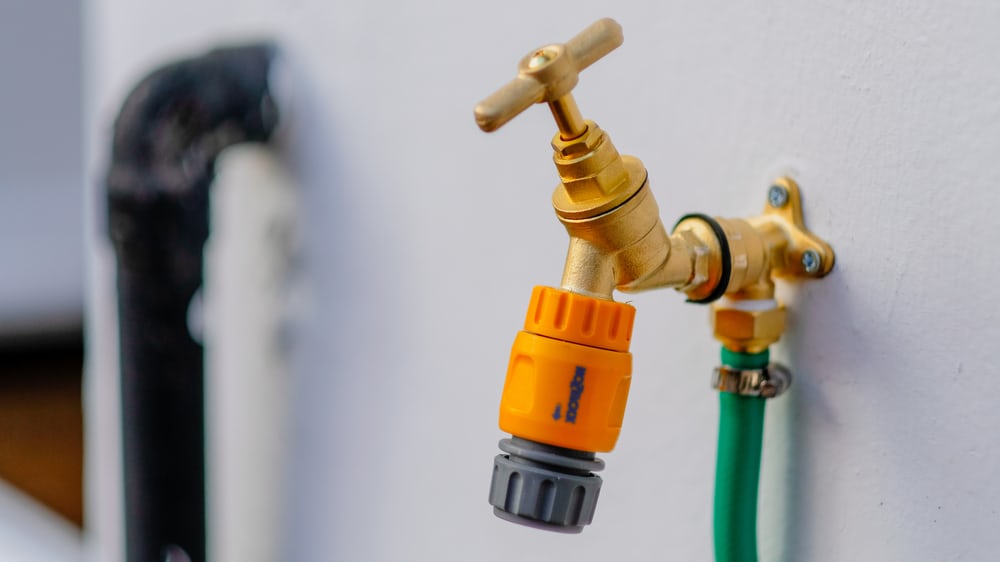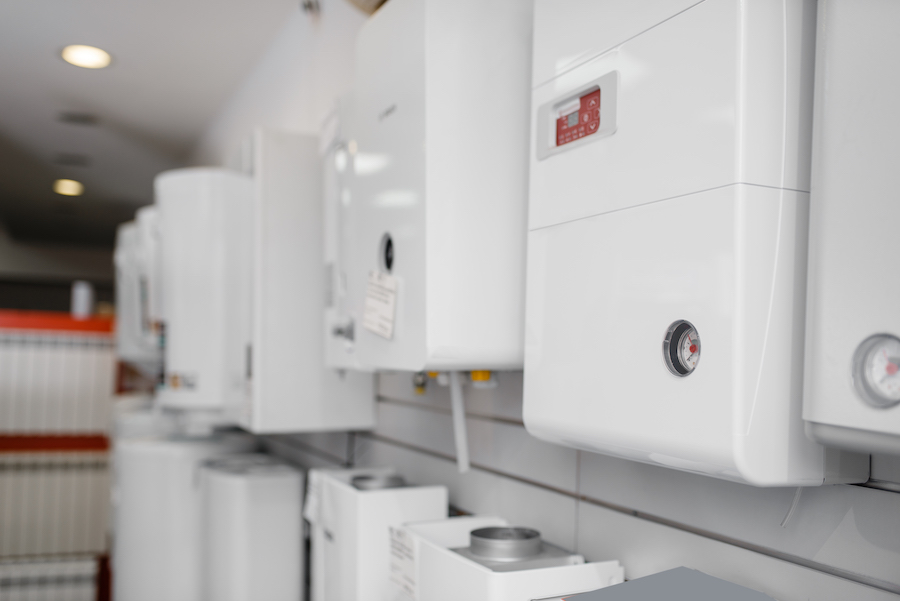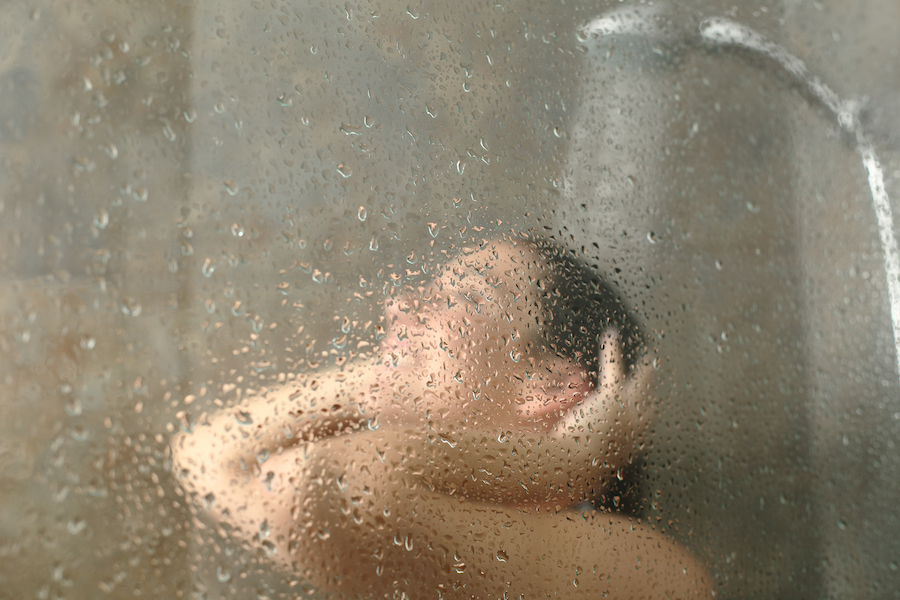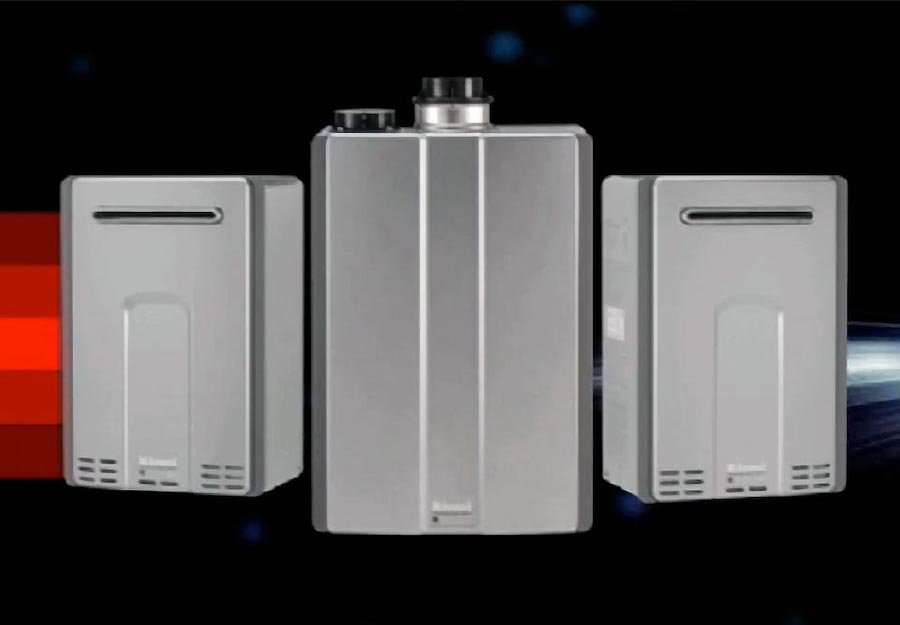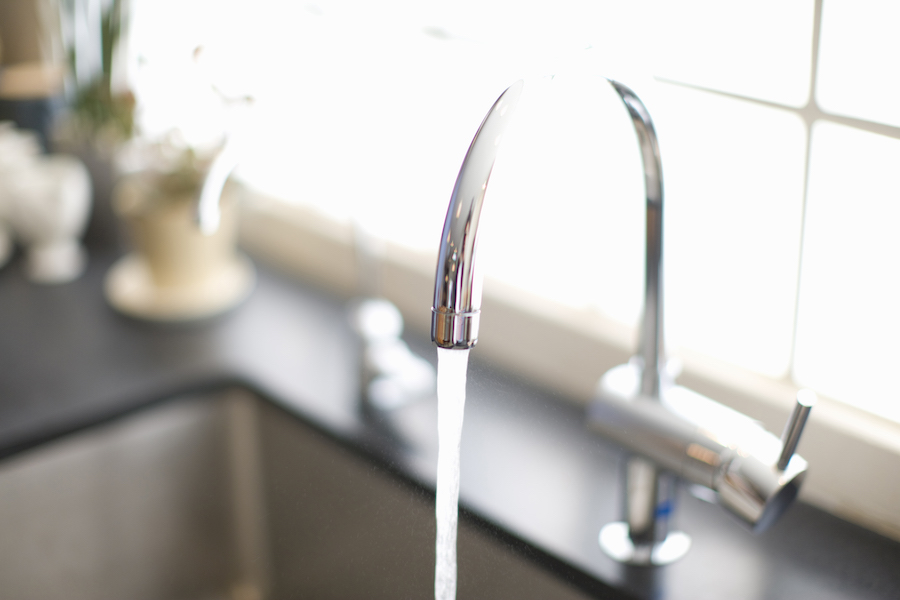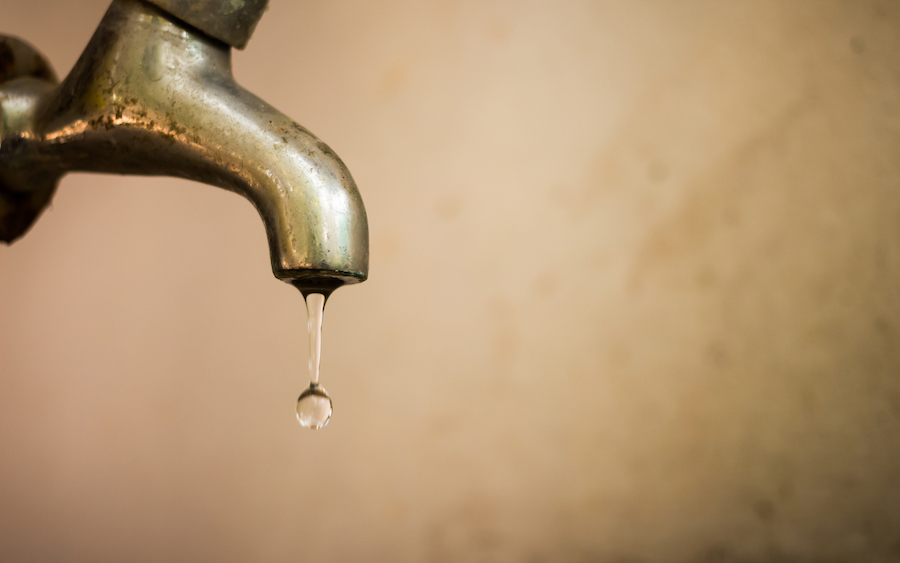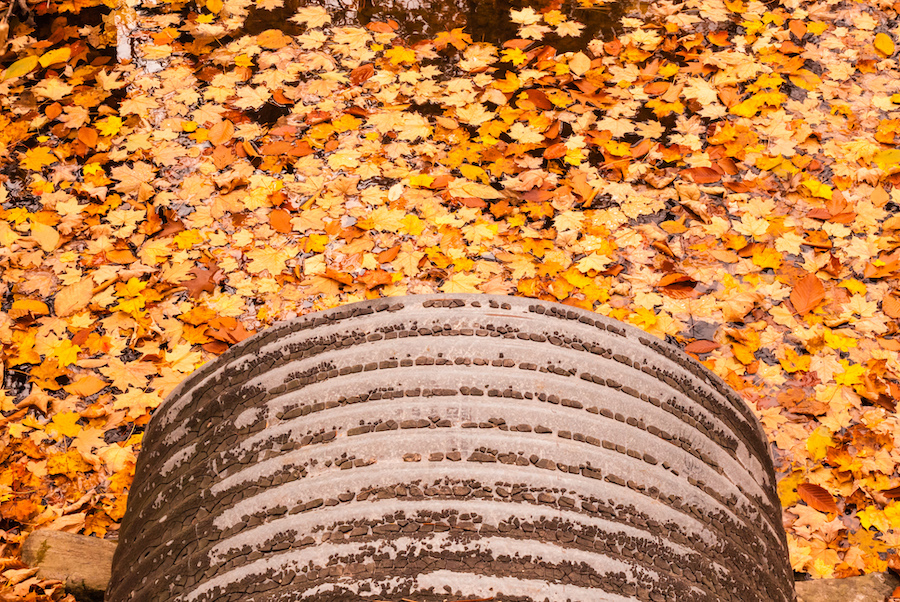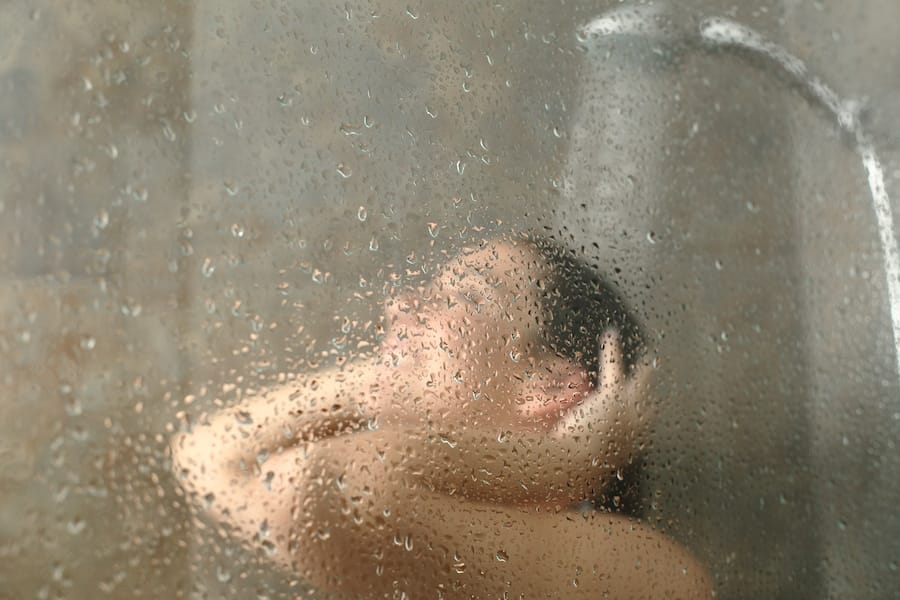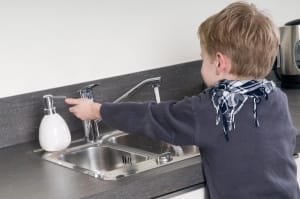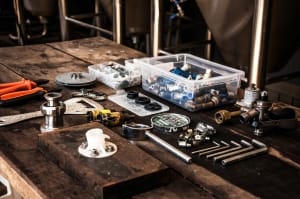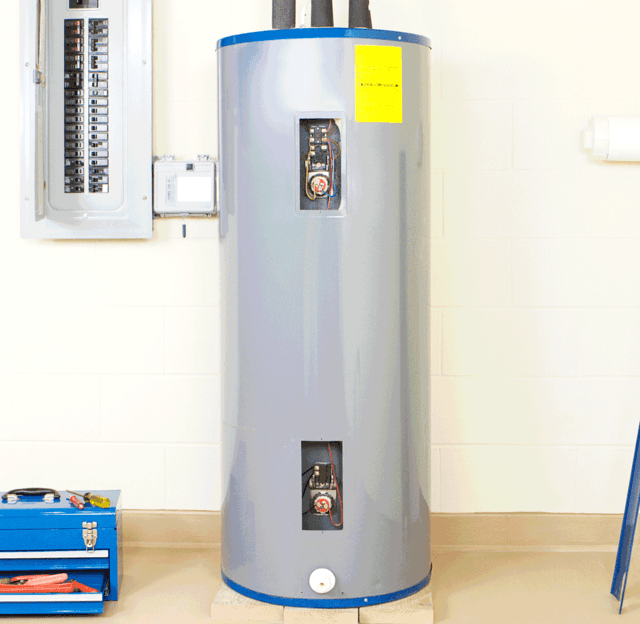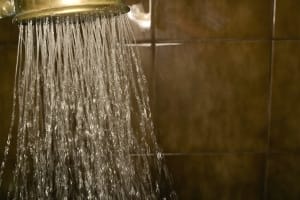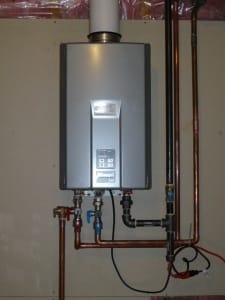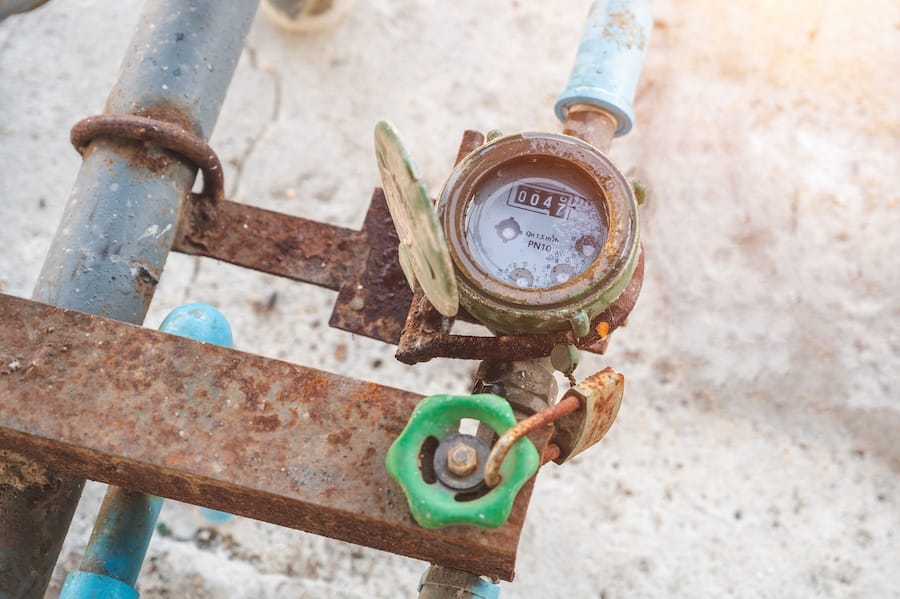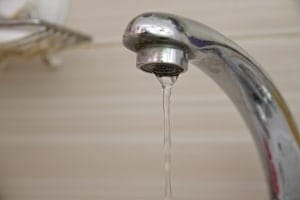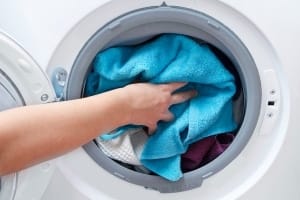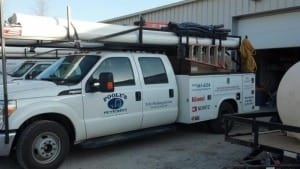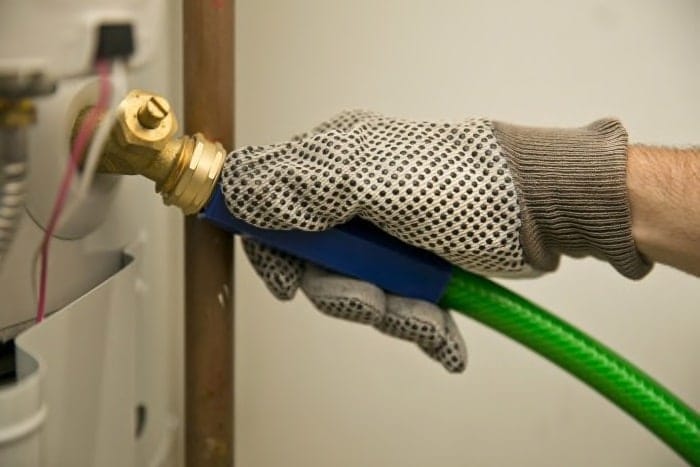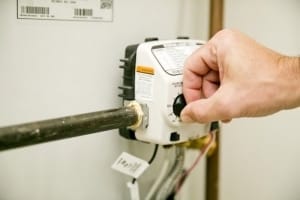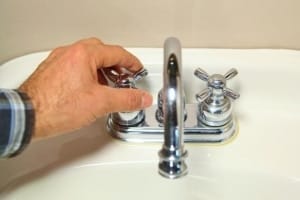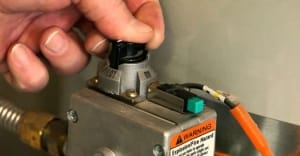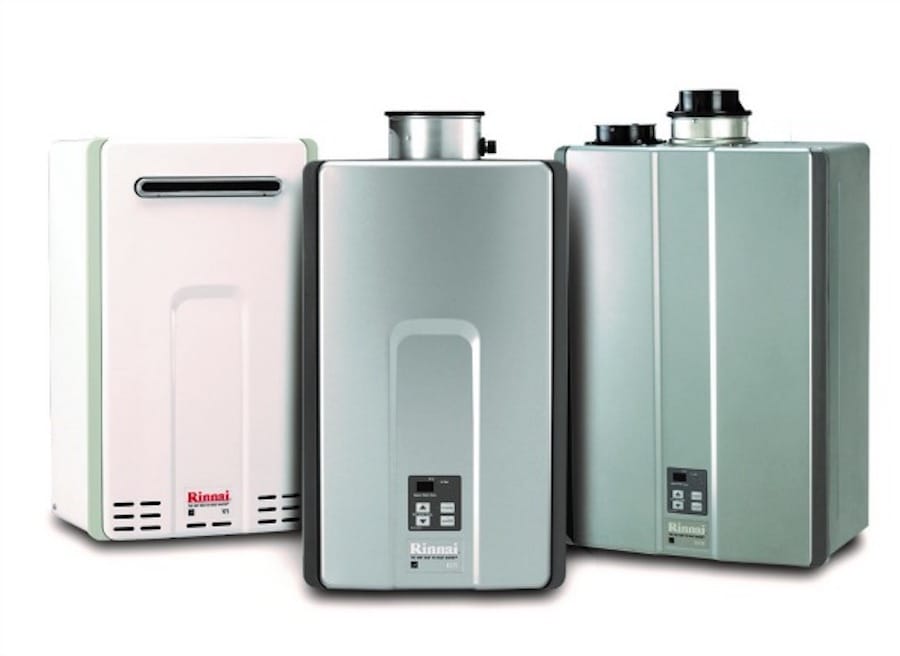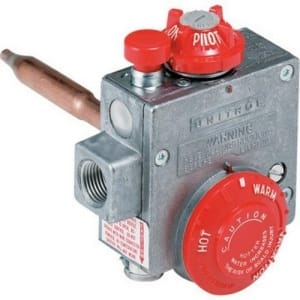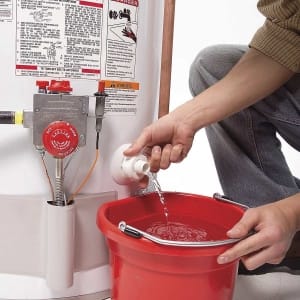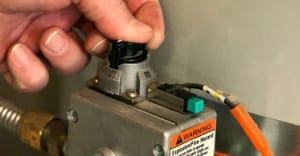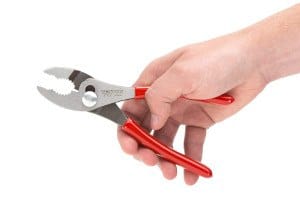Tankless water heaters, the next generation of comfort
I love tankless water heaters! There, I’ve said it. Now, I’d like to tell you why. This article will demonstrate the benefits of getting a tankless heater instead of a traditional storage-type unit. The energy used by all kinds of electric heaters is relatively well studied and documented in the scientific literature, so I’ll stick to tankless for this article.
Switching to a tankless water heater is advantageous for many reasons. The first reason is that it provides more hot water because no storage tanks can deplete hot water. Another advantage is that they last longer than regular tanks, lasting 2-5 times longer, which means less money spent on repairs or replacements.
Because it works by heating water as needed instead of storing the heated water in a large tank where heat escapes, you will also save money on energy costs. It will require less power to run than standard models, so your electricity bill will decrease over time. Tankless water heaters usually take up less space than the traditional tank type, so you can fit them into smaller areas that may have been unable to hold the larger unit before.
Finally, they are environmentally friendly because no wasted water goes down the drain while waiting for the tank to refill.
So, with many of these benefits, it is easy to see why switching from a traditional water heater to a tankless one is a good idea.
The only drawback is that since they heat water as needed, you can’t run your dishwasher and washing machine simultaneously. However, this minor setback has little impact on the advantages mentioned above. If you want to switch from a regular water heater to something greener and more efficient, look into buying a tankless model.
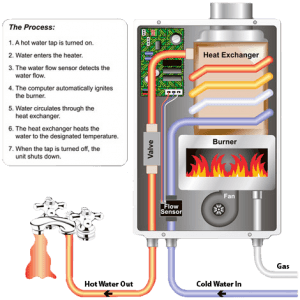
The most popular brand of Tankless units, Rinnai, details how the tankless heaters work in this photo above
So what is a tankless water heater?
This term typically refers to a water heater that has no tank for holding hot water, such as the units sold by Rheem and Noritz, two common brands of tankless heaters. These units can be plumbed right into your existing hot-water tank and provide hot water as needed.
The benefits of tankless heaters are many:
They provide instant hot water, up to a specific flow rate; you can’t run out of hot water because there is no tank to drain; tankless heaters typically have longer life spans than traditional storage tank heaters, and tankless heaters are more energy efficient. Let’s explore these reasons, one at a time.
Instant hot water tankless heaters provide instant hot water because they are on-demand units, meaning that you only get the hot water when you need it.
Traditional tank storage heaters will wait for an event to happen (someone turns on a faucet), and then they provide hot water. This wait time can vary depending on tank size, temperature, incoming water temperature, and other factors.
Tankless heaters are typically associated with the term “endless hot water” because of their ability to provide infinite quantities of hot water at practically any flow rate you need. Unlike traditional tank storage heaters, you never run out of hot water with tankless. You will never run out of hot water with tankless because tankless units only provide as much hot water as needed; there is no tank to drain when you can’t get to the faucet right away.
Since tankless units only provide the exact amount of hot water that you need, they are very efficient because they don’t use energy to keep water hot that you aren’t using. One tankless unit can be used for multiple sinks, showers, and baths in your home, while tank heaters typically serve one tankful of water per tank (although larger tank heaters do exist).
As mentioned above, tankless units only provide hot water as needed. This does not mean tankless heaters are not suitable for all situations. Tankless units can offer energy savings in two cases:
- The first is when you have a tank heater that is inappropriately sized for your needs. For example, tank heaters typically come in 30 gallons, 40 gallons, 50 gallons, and tank sizes. If you do not use enough hot water to justify a tank, tankless is the right choice for you!
The other benefit tankless provides in this situation is that your tank can always be 100% full of hot water because tankless units provide infinite hot water. Tank storage heaters typically only store one tankful of hot water, which means tankless heaters are always better suited for tankless use.
- The second situation tankless is superior to tank storage heaters is when the tank heater isn’t properly insulated. Remember that tankless units only provide as much hot water as you need, which means that if your tank heater has poor insulation, tankless heaters will use less energy because tankless water heaters will only provide as much hot water as needed.
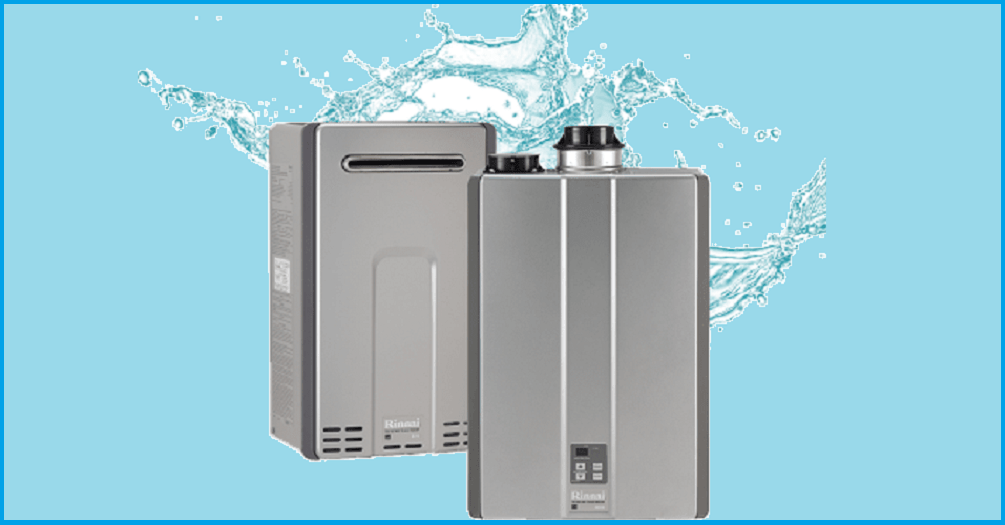 The last point I’d like to mention is tankless heater longevity. Tankless heaters typically have a 10-year warranty, and tank storage tank heaters usually have a 6-year warranty, but tankless units tend to last around double the tank storage tank heaters. Part of tankless longevity has to do with tankless units being nearly 50% larger than tank storage heater tanks, which means the tank shell is much more robust and durable.
The last point I’d like to mention is tankless heater longevity. Tankless heaters typically have a 10-year warranty, and tank storage tank heaters usually have a 6-year warranty, but tankless units tend to last around double the tank storage tank heaters. Part of tankless longevity has to do with tankless units being nearly 50% larger than tank storage heater tanks, which means the tank shell is much more robust and durable.
Tank storage heaters also provide hot water at a very high temperature (150-160 degrees F) to maintain the tank’s temperature. Still, tankless water provides the correct hot water temperature (120 degrees F), which means tankless heaters are exposed to minor wear and tear. If you’d like to learn more about tankless water heaters in Raleigh NC for your home, contact the Professional at Poole’s Plumbing today!
